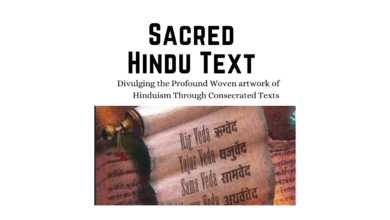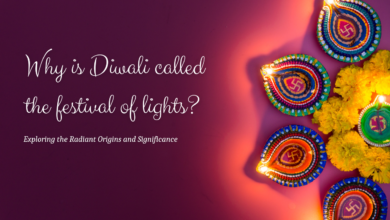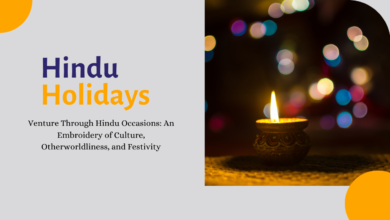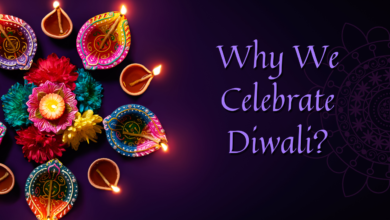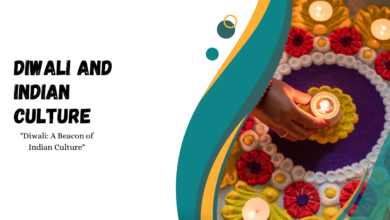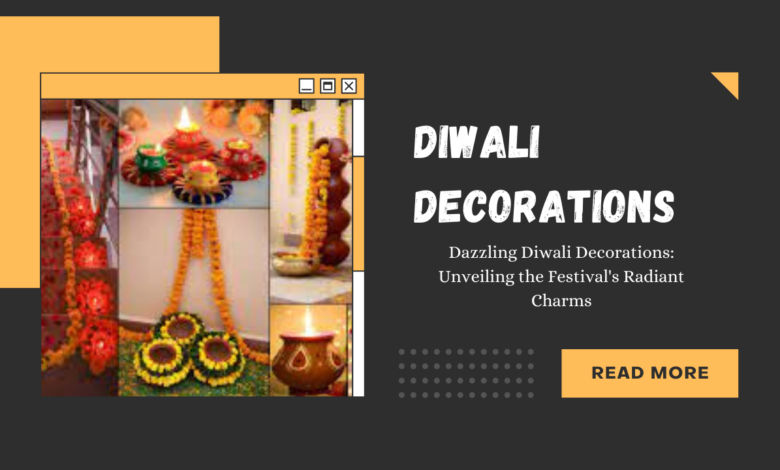
Diwali Decorations
Diwali is a Hindu festival of lights celebrated in India and other parts of the world. Decorations are important as they symbolize the triumph of light over darkness and good over evil.
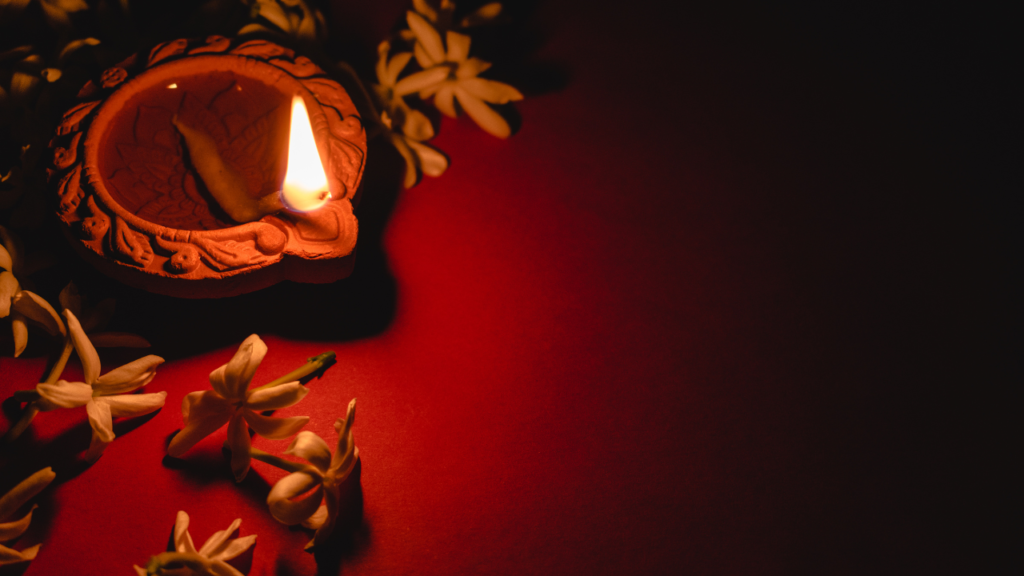
Introduction
Diwali, also known as Deepavali, is one of the most cherished and widely celebrated festivals in India and among the Indian diaspora worldwide. It symbolizes the triumph of light over darkness and good over evil. One of the most enchanting aspects of Diwali is the art of decoration, as people adorn their homes, streets, and public spaces with vibrant and creative decorations. In this article, we will delve into the world of Diwali decorations and discover the significance behind these adornments that light up the festival.
The Significance of Diwali Decorations
- Welcome the Goddess: Diwali is dedicated to the worship of Goddess Lakshmi, the deity of wealth and prosperity. Decorations are a way to invite her into homes and businesses. Traditional motifs like ‘rangoli’ (intricate, colorful patterns made on the ground), ‘alpana,’ and ‘kolam’ (similar art forms from different regions of India) are drawn at the entrances to symbolize the welcome of the goddess.
- Banishing Darkness: Diwali is celebrated on the darkest night of the year, the new moon night. The lamps, or ‘diyas,’ lit during Diwali symbolize the victory of light over darkness and the triumph of knowledge over ignorance. The illumination is believed to guide the way for the divine and dispel negativity.
- Celebration of Life: Diwali is a time for joy, togetherness, and the celebration of life. People decorate their homes with colorful flowers, rangoli, and bright lights to create an atmosphere of happiness and festivity.
Also Check
- Why is music Haram in Islam?
- Why is Diwali called the festival of lights?
- Where did Christianity start?
- The Islamic Calendar: Dates and Holidays
- What is the chief form of Islamic art?
Diwali Decorations: A Kaleidoscope of Colors
- Rangoli: One of the most iconic Diwali decorations is the rangoli. It is created using colored rice, flower petals, colored sand, or even colored powders. The designs can range from simple geometric patterns to intricate depictions of deities, flowers, and animals. Rangolis not only add beauty but also invite positive energy into the home.
- Diyas and Candles: Diyas are small clay lamps filled with oil or ghee. Lighting them is a central part of Diwali celebrations. In recent times, candles and electric lights have also become popular for their convenience and safety. Diyas and candles are often placed in rows around homes, balconies, and courtyards, creating a mesmerizing display of light.
- Flower Decorations: Fresh flowers like marigolds and roses are used extensively to adorn homes and temples during Diwali. Strings of flowers are hung as garlands, and petals are scattered to create vibrant and fragrant decorations. The bright colors and sweet aroma of flowers enhance the festive atmosphere.
- Torans and Door Hangings: Torans, or decorative door hangings, are made of various materials like mango leaves, marigold flowers, or beads. They are hung at the entrances to homes to mark the beginning of the festivities and welcome guests.
- Lanterns and Lamps: Decorative lanterns and lamps, often made of paper or metal, are used to add a touch of elegance to Diwali decorations. These can be hung or placed strategically to create a warm and inviting ambiance.
- Ribbon and Tinsel: In recent years, Western-style decorations like ribbons, tinsel, and fairy lights have also gained popularity. They add a modern twist to traditional Diwali decor and contribute to the overall enchantment of the festival.
Conclusion
Diwali decorations are an integral part of the festival’s celebration, carrying deep symbolic meanings and reflecting the cultural diversity of India. They not only beautify homes but also convey messages of hope, prosperity, and the triumph of light over darkness. As Diwali approaches each year, the enthusiasm for decorating homes and public spaces grows, creating a visual spectacle that truly embodies the spirit of the Festival of Lights. So, as you prepare to celebrate Diwali, let your creativity shine and your heart be illuminated with the joy of this cherished tradition.
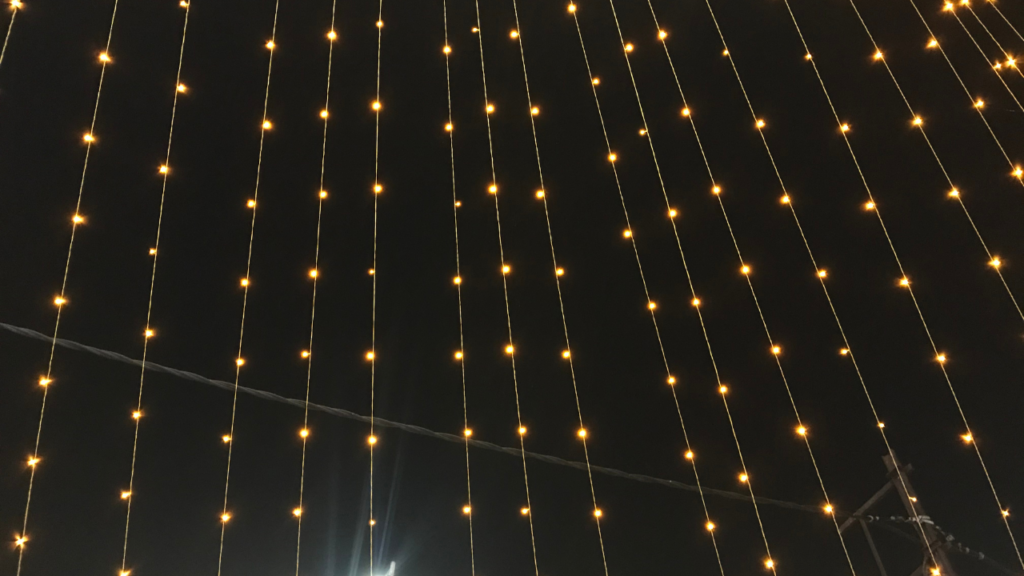
(FAQs) about Diwali decorations:
What is Diwali, and why are decorations important for this festival?
Diwali is a Hindu festival of lights celebrated in India and other parts of the world. Decorations are important as they symbolize the triumph of light over darkness and good over evil.
What are the traditional Diwali decorations?
Traditional Diwali decorations include diyas (oil lamps), rangoli (colorful designs made with powders, flowers, or rice), candles, and lanterns.
How do I make a beautiful rangoli for Diwali?
You can make a rangoli by using colored rice, flower petals, colored sand, or chalk. There are various designs available online for inspiration.
Where can I buy Diwali decorations?
You can buy Diwali decorations at local markets, online marketplaces, or specialized stores that offer festive items.
Are there any eco-friendly Diwali decoration options?
Yes, many eco-friendly options are available. You can use reusable diyas, biodegradable materials for rangoli, and opt for energy-efficient LED lights.
Can I reuse Diwali decorations from the previous year?
Yes, many Diwali decorations, such as diyas and lanterns, can be reused. It’s a sustainable way to celebrate the festival.
How can I decorate my home for Diwali on a budget?
You can decorate your home for Diwali on a budget by making DIY decorations, using existing items creatively, and looking for discounts and sales.
What are some modern Diwali decoration trends?
Modern Diwali decoration trends may include contemporary LED string lights, metallic accents, and themed decorations based on colors or motifs.
Can I decorate my workplace for Diwali?
Yes, you can decorate your workplace for Diwali, but it’s essential to check with your employer and follow any company guidelines regarding decorations.
Are there any safety tips for Diwali decorations?
Yes, safety is crucial during Diwali. Be cautious with candles, diyas, and electrical decorations. Keep them away from flammable materials and use surge protectors for electronic decorations.
